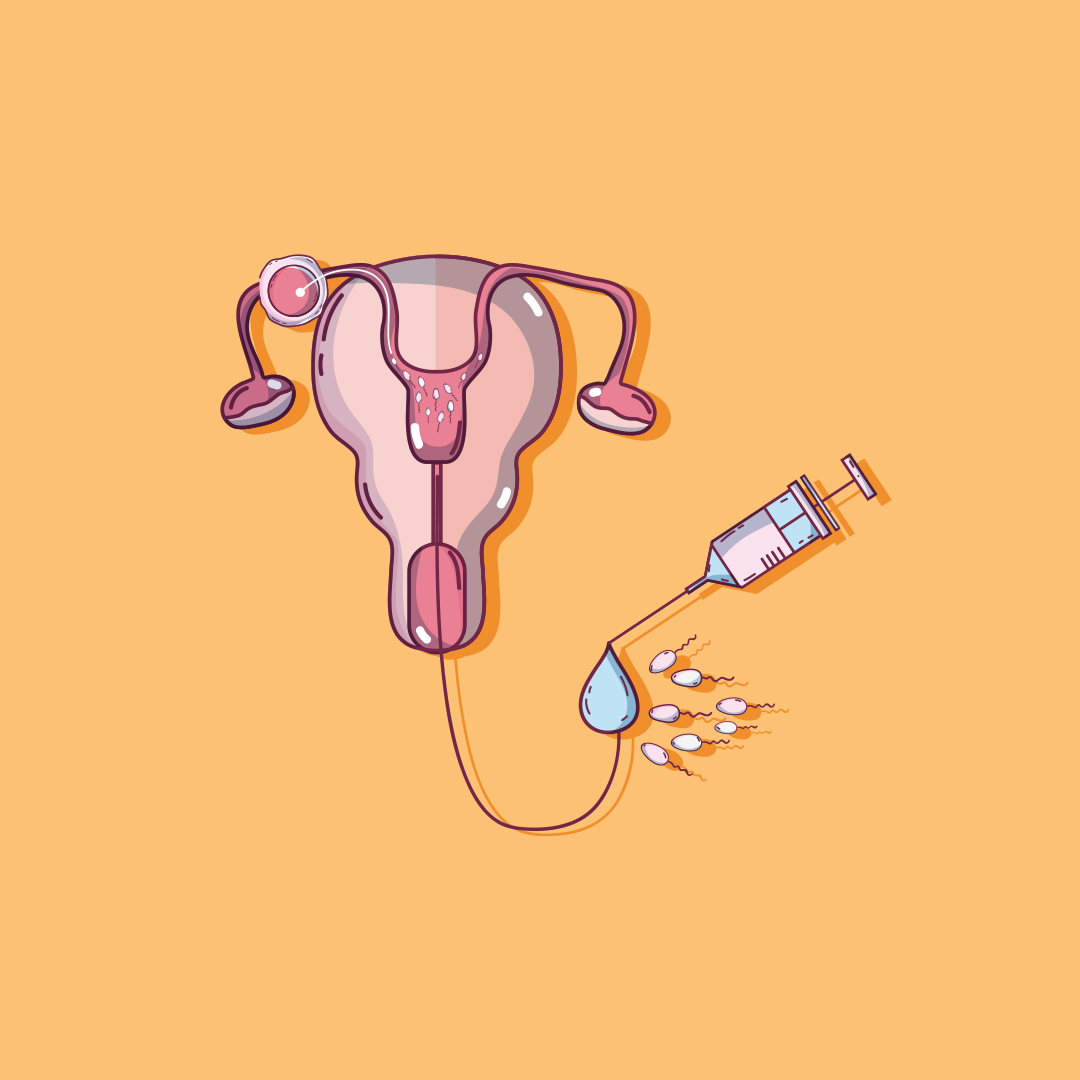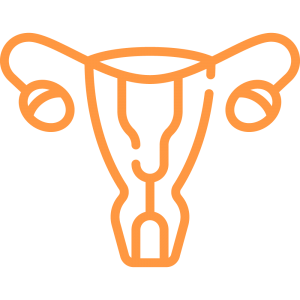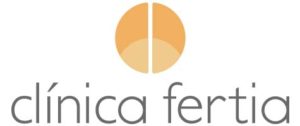Artificial insemination

What is artificial insemination?
Consists of transferring to a woman’s uterus a semen sample which has been previously prepared in a laboratory.
This shortens the distance between the egg and the spermatozoid, thus making it easier for them to meet and, therefore, facilitating egg fertilisation.
When is Artificial Insemination indicated?
Artificial insemination is indicated in the following cases:
Sterility of unknown origin.
Slight alterations in the semenogram.
Mild endometriosis.
Ovulatory disorders.
Dificulties during intercourse (vaginismus).
Alterations in the level of the cervix.
Technique

Once the follicles reach the appropriate size and number, a hormone called HCG is administered to complete the maturation of the eggs. Approximately 36 hours after administering the HCG, the mature eggs can be aspirated from the ovary.

For the selection of the best spermatozoids, another technique called MACS, can also be used, which enables immunomagnetic selection of the spermatozoids with the greatest capacity to fertilise the ovum.

Two hours before the insemination procedure, a semen sample has to be given for its preparation in the laboratory.
The insemination procedure is carried out in the clinic by placing a speculum inside the vagina and inserting a cannula through the cervix, depositing the spermatozoids inside the uterine cavity.
This procedure is not painful, producing the same kind of discomfort as a general smear test, it only takes a few minutes and no sedation is necessary.
Artificial insemination with donor semen
At Clinica Fertia we work with the main semen banks in our country, thus enabling us to select the donor sample that best matches the physical characteristics of the women and her partner (race, eye and hair colour, stature, weight and blood group).

Frequently asked questions about reproduction treatments
If you would like more information about our treatments, we are always available to help and answer any of your questions.
How long do I have to wait to start treatment?
How many attempts can I make?
In the case of artificial insemination, here at the clinic we recommend a maximum of four attempts, since 90% of pregnancies occur in the first four cycles.
Regarding In-vitro fertilisation or microinjection, our clinic never makes more than four attempts using these techniques.
In the case of egg donation, it is more difficult to establish a limit, this will normally be determined by psychological and also economic factors.
Can you use these techniques when you have already entered menopause?
In these cases, the reception of eggs from a donor must be used.
What are the biggest concerns of egg or sperm recipient couples?
Another factor that concerns a couple is the health of the donors and the physical resemblance to them.
In our centre, both in the case of sperm donors and egg donors, our goal is to seek that the physical resemblance is as similar as possible to the parents.
Are these treatments expensive?
Clínica Fertia is a pioneer in maintaining an honest and transparent policy. Since 2002 we have published the information of the cost of our treatments on our website.
